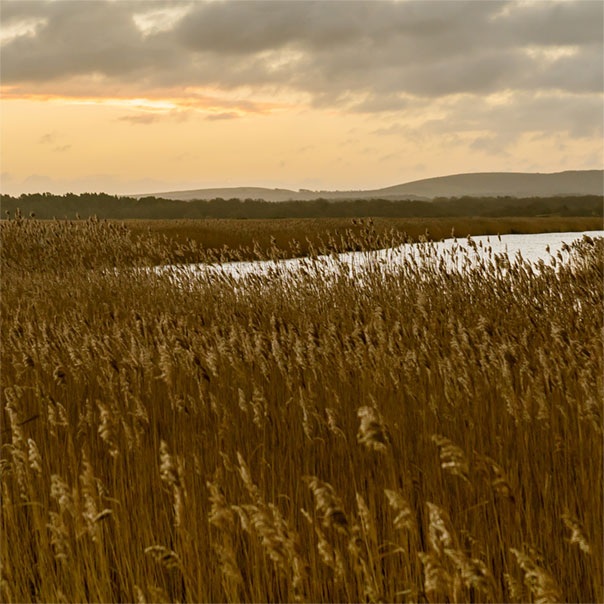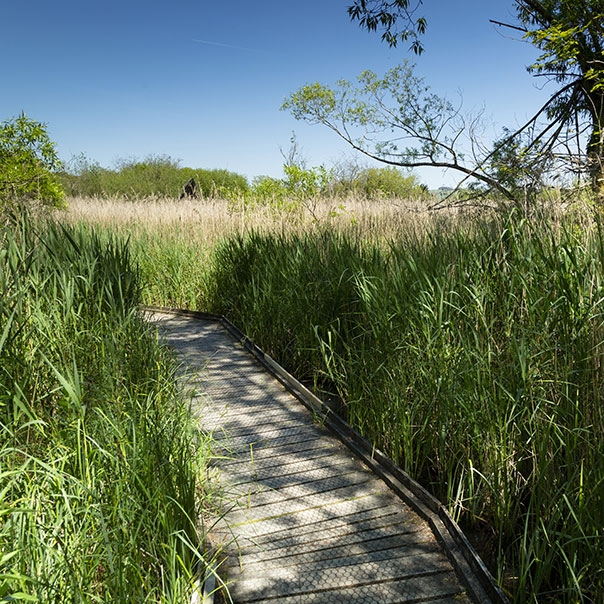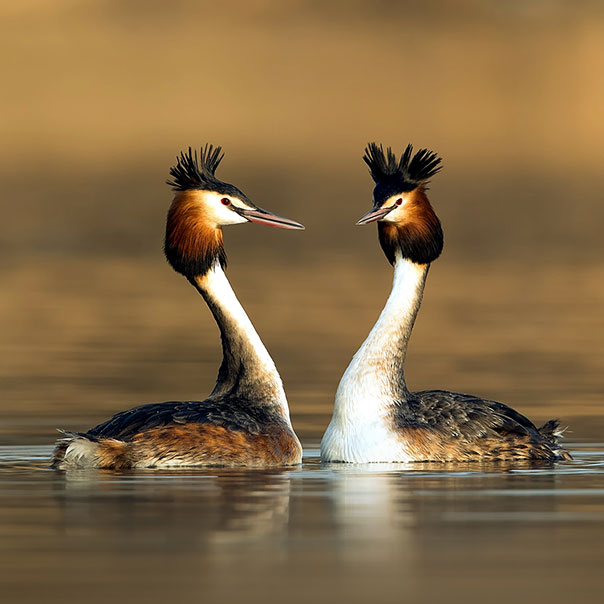Reed warbler
Scientific name: Acrocephalus scirpaceus
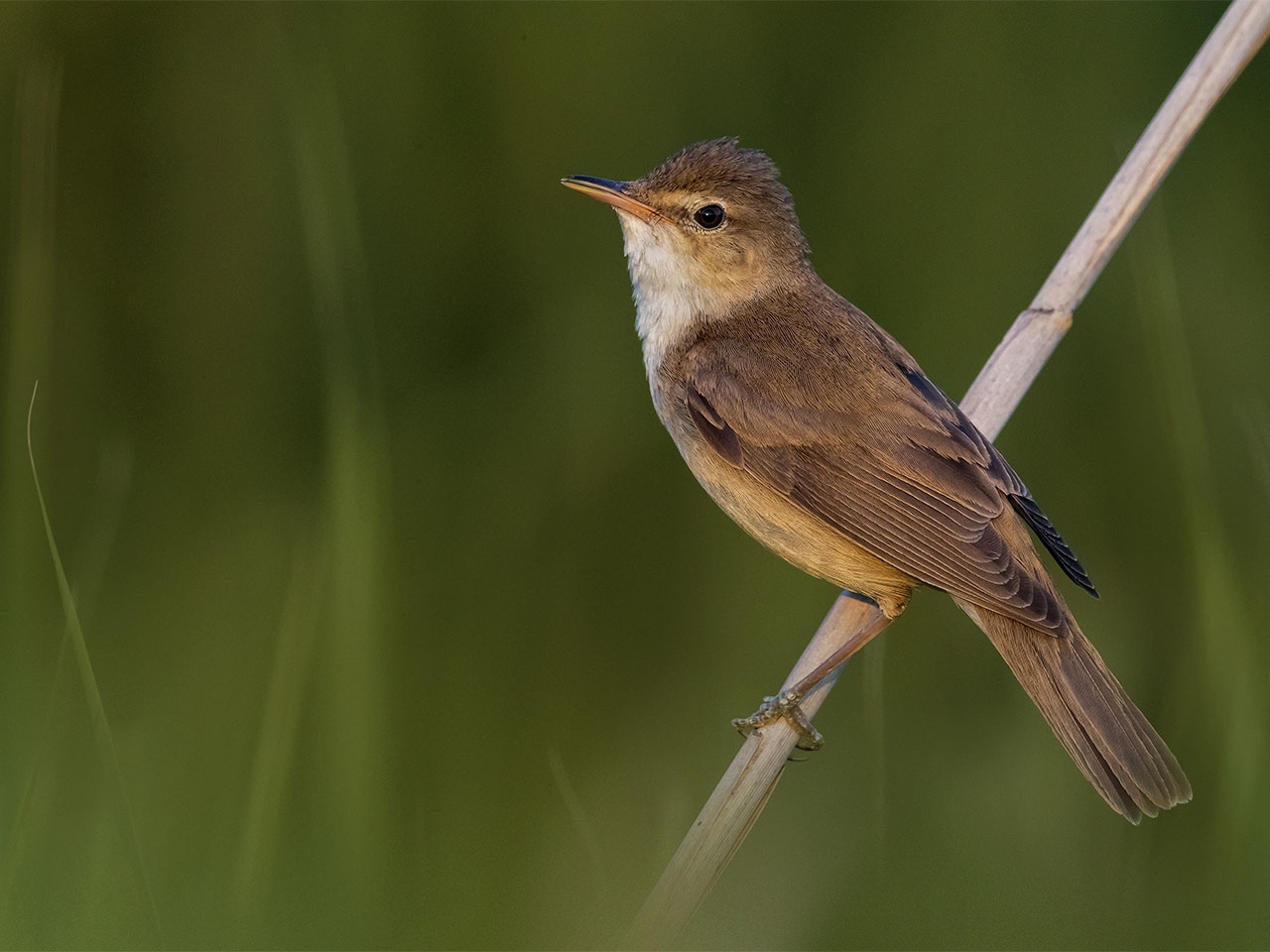
This little brown bird is easier to hear than it is to see. It spends the summers hiding out and singing its long, melodic warbling song from within the reedbeds of the UK’s lowland wetlands.
Key information
UK conservation status: (Birds of Conservation Concern) Green
Protected by the Wildlife and Countryside Act 1981
Length: 13 cm
Wingspan: 19 cm
Weight: 10-15 g
Average lifespan: 2 years
GB Population: 130,000 pairs
What do reed warblers look like?
Adapted to blend in, the reed warbler is brown and cream. Its chest and breast are cream and its back and head much browner. It has a short, pale stripe in front of the eye.
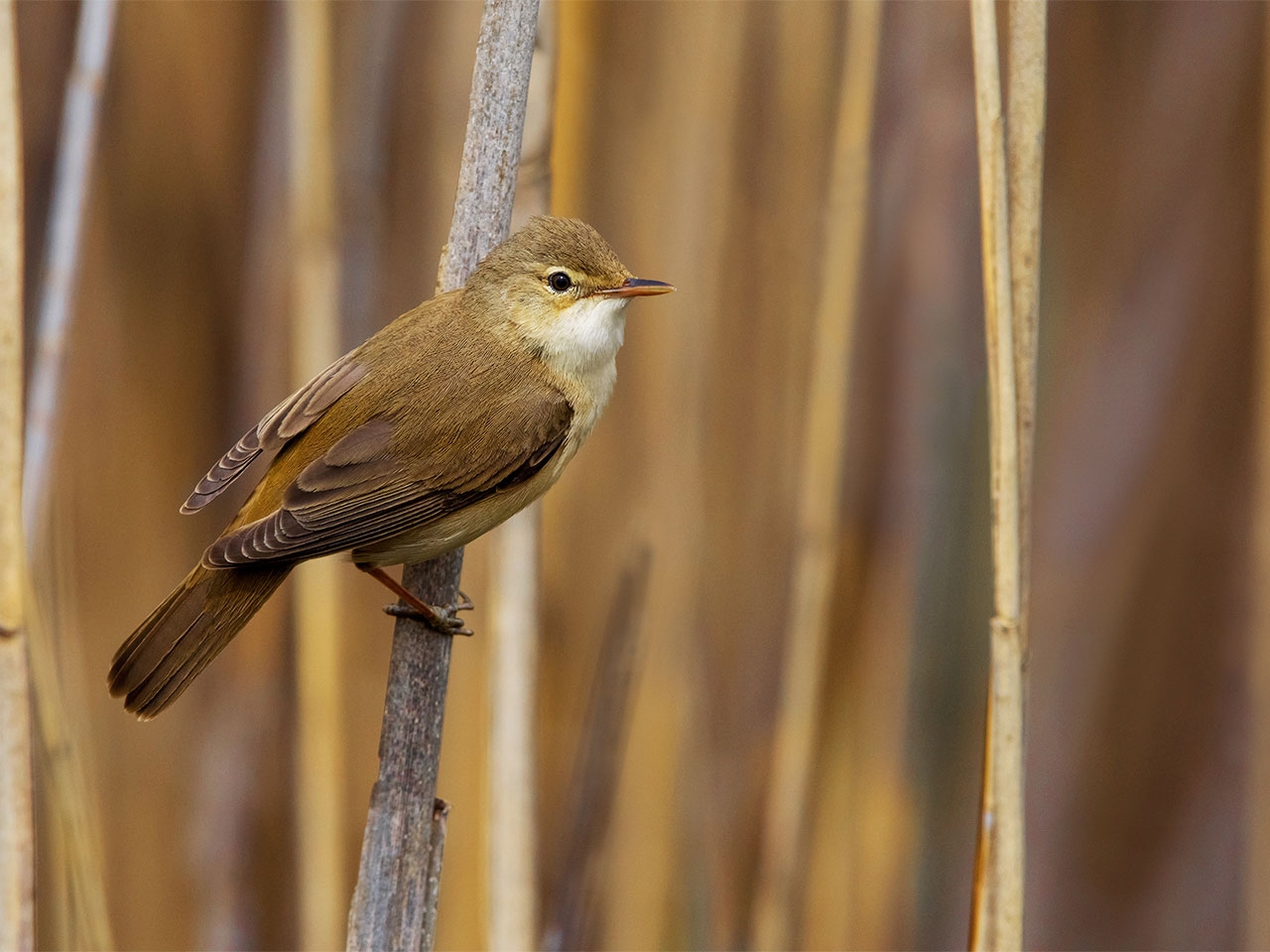
Not to be confused with...
Sedge warbler, a bird which lives in similar habitats and has a similar song, but is lighter in colour and sports distinct black stripes on the head and eye.
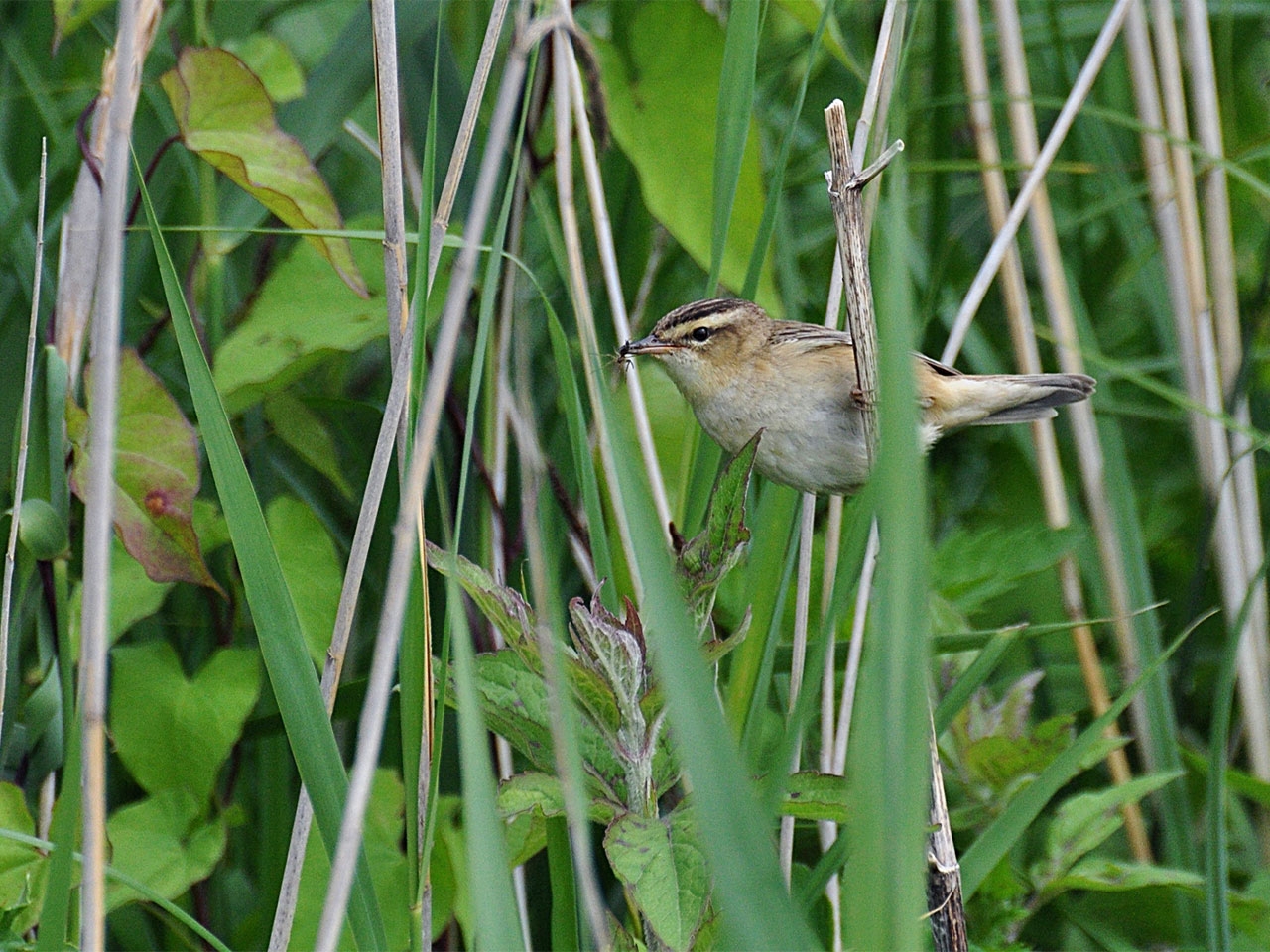
Where do reed warblers live?
Listen out for the reed warbler in summer in reedbeds, especially in lowland central and southern England and Wales. You’re more likely to hear its long, melodic warbling song than see it, as it tends to sing from within the reedbed rather than from a perch.
The reed warbler is an architectural genius, weaving intricate nests from reeds and grasses in dense reed beds. These cleverly concealed, cup-shaped homes hang securely between vertical stems, protecting their inhabitants from predators and the elements.
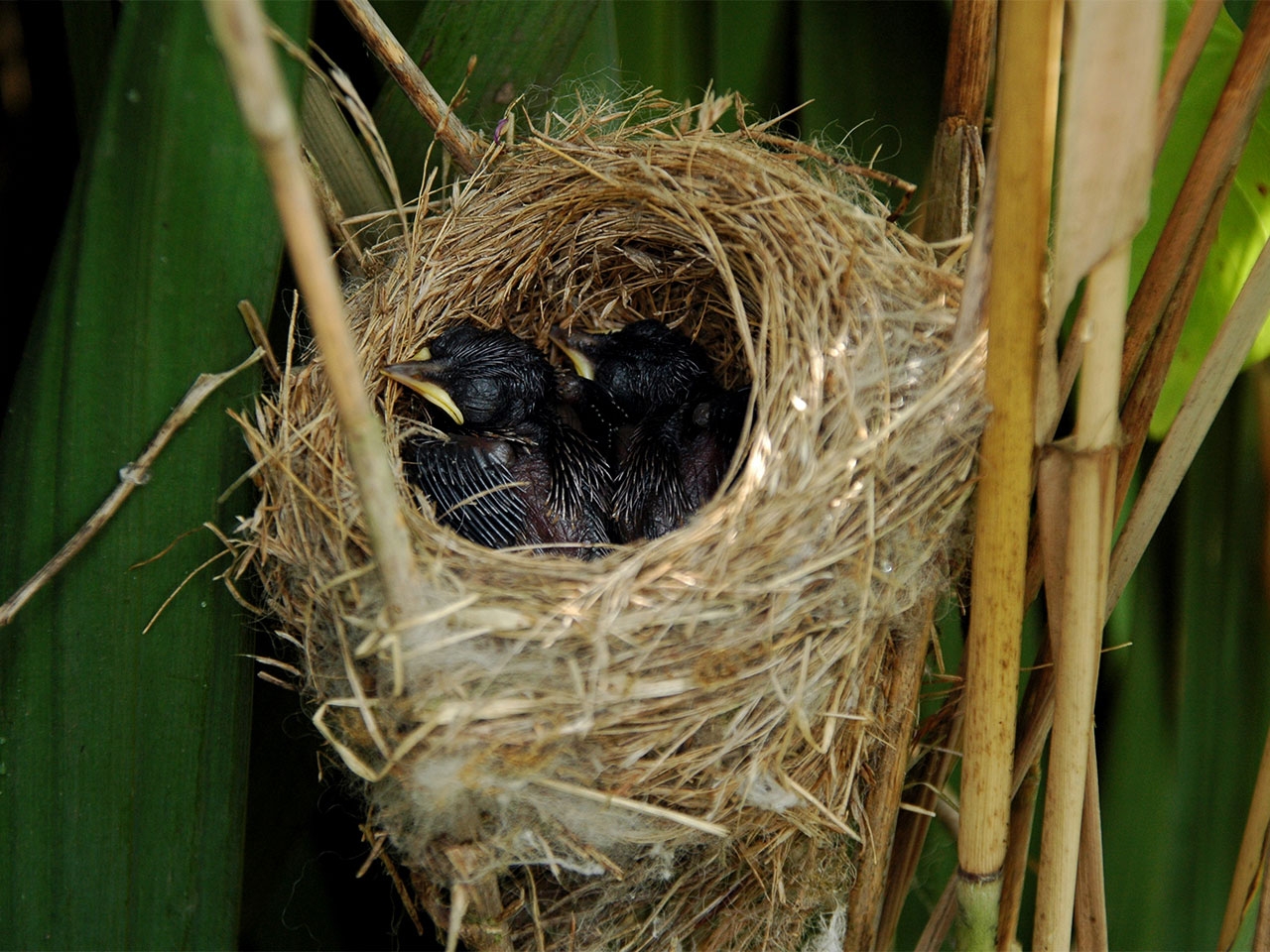
What do reed warblers eat?
The reed warbler eats insects in the summer as well as berries in the autumn.
Reed warblers at WWT
How is WWT helping reed warblers?
Reed warblers are reedbed specialists. They require the right age and structure of reeds to deter land predators and support the diverse range of insects and other invertebrates they eat.
Over time, reedbeds naturally dry out as the reeds trap sediment and leaf litter ‘thatch’, and other land plants take hold. At our reserves we manage our important reedbed habitats by cutting old growth, removing the thatch and even re-digging the sediment to restore areas for new growth. This is done on rotation to ensure there’s always a range of different age stands in the reedbed, so that reed warblers can choose their preferred patches. Annually, we monitor numbers of reed warbler territories to ensure we’ve got the balance right.
Where and when can you see reed warblers at WWT
The reed warbler is a summer visitor to the UK and you’re most likely to see it between April and October almost exclusively in reedbeds. In the autumn it then departs for the warmer climes of Africa.
Reed warblers, together with reed buntings and sedge warblers bring many of WWT’s reedbeds to life in the summer. Look for them at our English and Welsh sites; from the entrance reedbed boardwalk at Arundel in the south to the reedy lake edges of Washington in the north.
Threats to reed warblers
The biggest threat to the reed warbler is loss of managed reedbeds. Reed warblers also face a sneaky threat from cuckoos. Cuckoos lay their eggs in the warblers' nests, leaving the unsuspecting warbler parents to raise the demanding, oversized impostors as their own!
How can you help reed warblers?
WWT is the charity for wetlands and wildlife. We’re on a mission to restore wetlands because they are a wondrous solution to the problems our world faces. Together we will unlock their power and help nature burst back to life.
In the UK we have ten wetland sites that we manage for the benefit of the wildlife they support.
Become a member
Get free access all year to explore these extraordinary places while knowing that your membership is also helping us save wetlands and their wildlife in the UK and abroad. Plus, you’ll receive exciting updates on our wildlife news, find out about events on your doorstep and be the first to hear about our volunteering opportunities.
Join us